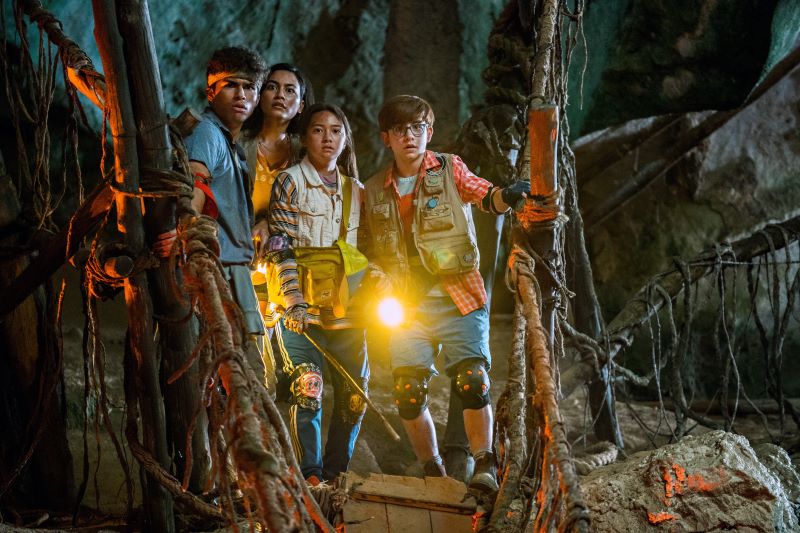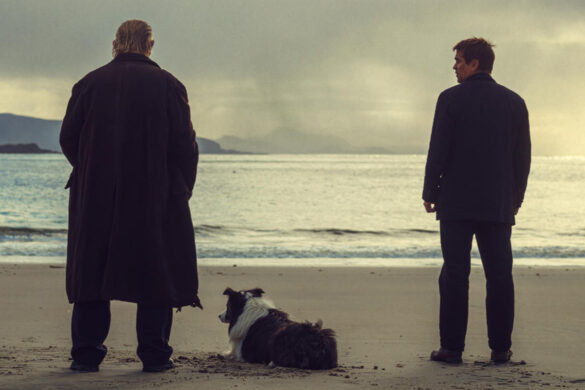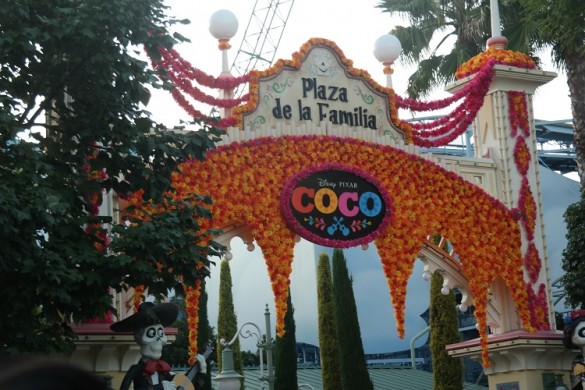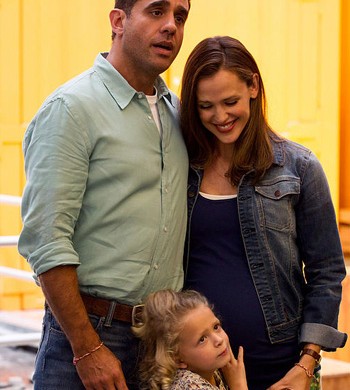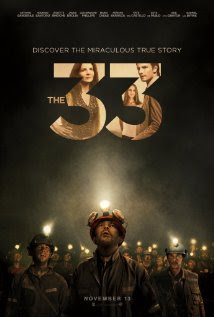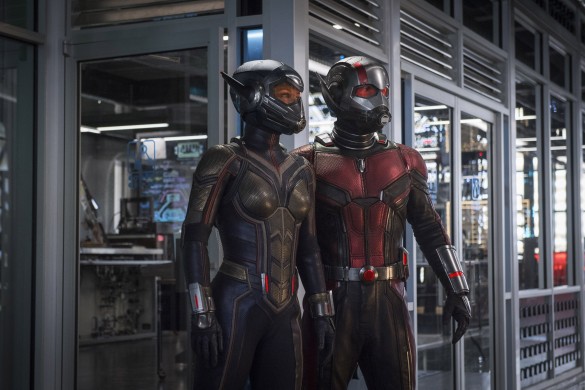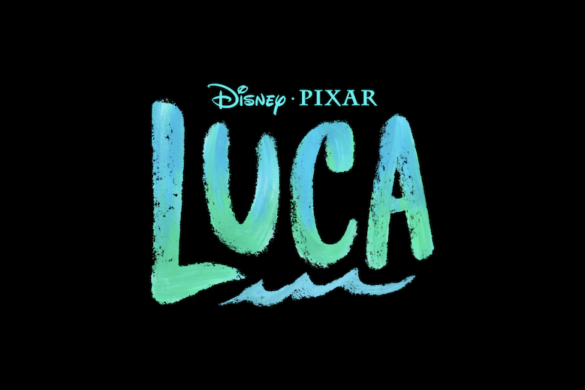In “Finding ‘Ohana,” Netflix puts a modern-day twist on family-adventure movies like The Goonies and Indiana Jones. But then director Jude Weng, using a script written by Christina Strain, takes it a step further by exploring family and friendship themes as its characters geocache for a mysterious treasure that could save their home while also reconnecting with the spirit of Hawaii.
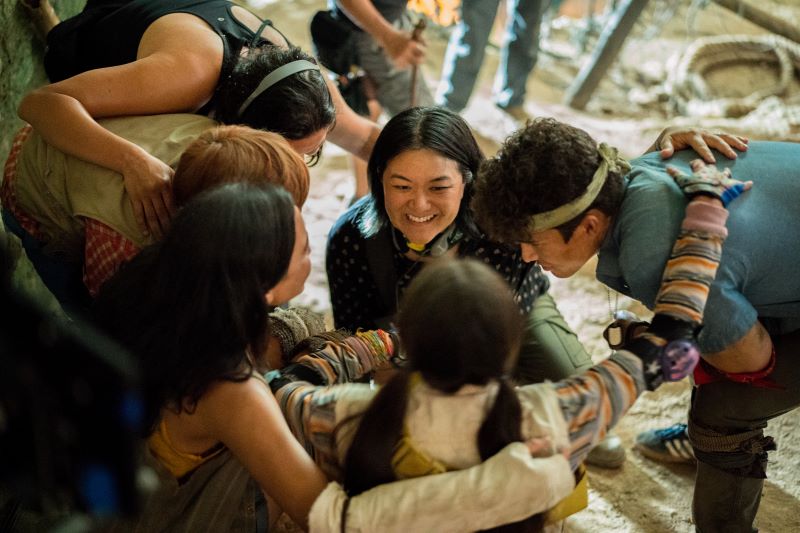
ThatsItLA had a chance to participate in a zoom conference call with Jude Weng and Christina Strain. They talk about the inspiration behind the screenplay, what they hope their audience takes away from watching their film, using geocaching as an entertaining way to tell a story, and how they paid respect to the Hawaiian culture.
Strain, a Korean American comic book and screenwriter, says many of her script’s inspiration came from her growing up watching 80s and 90s movies. But a lot of the representation and respect for the Hawaiian culture seen in “Finding ‘Ohana” comes from being seeing herself represented in films like “The Goonies” and “Indiana Jones and the Temple of Doom.” “The Goonies” is at the heart of the inspiration nugget here,” she said. “A lot of that had to do with Ke Quan between his character as Short Road in “Indiana Jones and the Temple of Doom,” and Data [in ‘The Goonies], I saw myself represented in these adventures.”
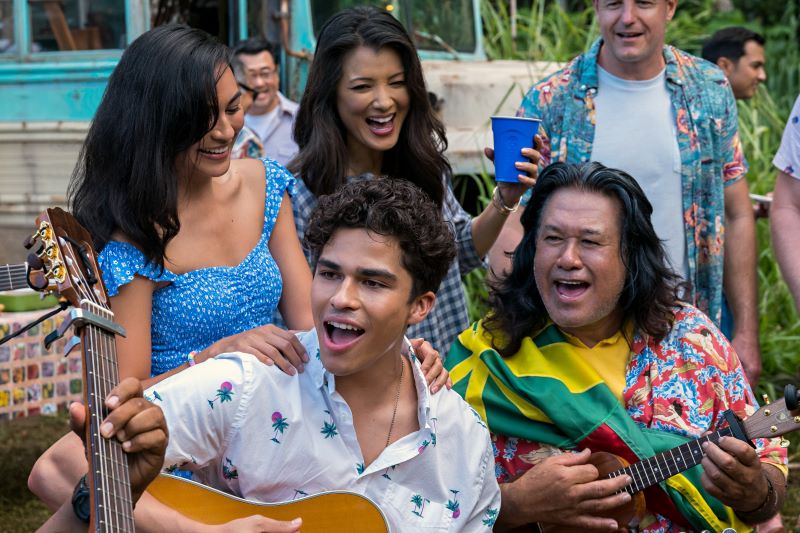
“I really wanted to write something that was fun, and that younger me would have loved to see. And what younger me would have loved to see was essentially “The Goonies” in Hawaii, full of Asian Americans and islander kids,” Strain said. “Just a bunch of Datas running around an island looking for this treasure. That was the real inspiration for this. That I just wanted something fun that I could identify with that you know had this existed 20, 30 years ago, it would have meant the world to me.”
Shot on location in Hawaii, Weng wanted audiences to be able to celebrate the spirit of Aloha while also being entertained by a treasure hunting adventure. “I feel like just watching the film you are going to organically take something away,” Weng said. “Not just the appreciation of the beauty of the island, but the beautiful spirit of Hawaiian people.”
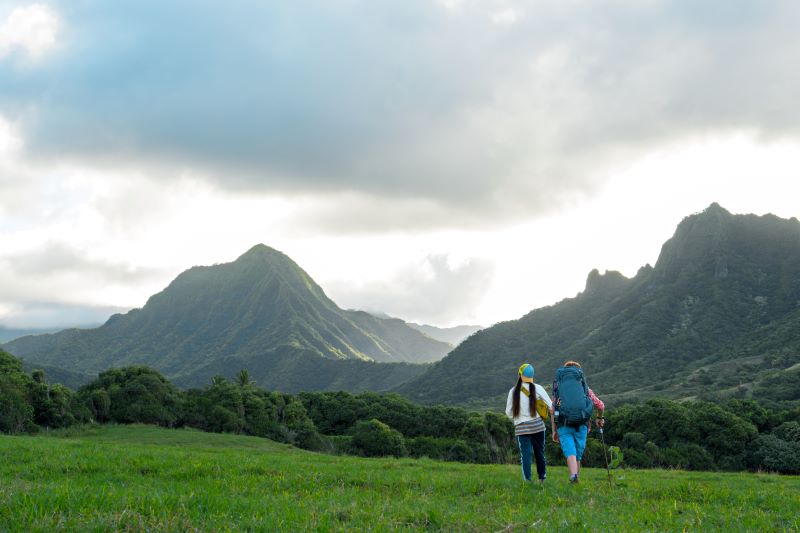
That respect for the Hawaiian culture extends beyond what you see in “Finding ‘Ohana,” Weng wanted to be sure that the spirit of Aloha also appeared behind-the-scenes. “During our filming, we had a lot of Hawaiian crew members that really, not just what they brought to the work, but individually and personally,” she said. “The spirit of Aloha that they bring to everything is so prevalent and so powerful. Even if you are not Hawaiian, I feel like there is a lot of positive kindness, love, generosity, and definitely love of family and the importance of culture.”
Weng’s overall production ethos is to leave any space you use better than when you found it. “We brought a lot of local consultants, cultural consultants, tattoo consultants, script consultants just to help us make sure we were on point and always really respectful, doing justice, and paying homage to Hawaiian values and culture,” she said. “We also had a Lopaka Kapanui, he was the big kahuna, and everywhere we went, he would do a blessing.”
Even on those days where the Lopaka Kapanui couldn’t be on set, the film’s second AD daughter, who was knowledgeable in island blessings, would perform the blessing. “The whole point of this was to, with heart and soul, have appreciation and gratitude for everything that we were doing there and to make sure that we weren’t just taking and that we were giving back,” Weng said.
Having those consultants on ‘Finding Ohana’ was very important to the film’s authenticity. “I wrote this script from a very personal place. But I am Korean, and I was pleased when Jude and I started working together on this that what both of us wanted was to make sure we got the cultural portion of it correct. Because, I know when I see Korean culture done incorrectly, I see it,” Strain said. “My intention with the script was never to be disrespectful.”
“The story is about a couple of Hawaiian kids who weren’t really raised on the island or with too much Hawaiian culture, and what I’m really hoping viewers will think about at the end of the movie is it’s never too late for you to understand your identity and connect to your heritage,” Weng said.
Strain shares Weng’s belief in giving back to the place that has provided so much for them. And the best thing that the two thought they could show their appreciation was to create a creative writing scholarship at the University of Hawaii for local kids who graduate from high school in Hawaii.
While there will be comparisons to some of the treasure hunting classics like ‘The Goonies’ and ‘Indiana Jones and the Temple of Doom,’ Strain’s script uses the instruction and thrill of geocaching to educate audiences about Hawaii’s natural beauty while also entertaining them with an exhilarating treasure hunt adventure. But there is more representation in the film than just culture. Strain’s love of going out on adventures and discovering treasures was the inspiration behind the film’s geocaching angle.
“When I was a kid, I was a tomboy who identified more with the male lead characters like the precocious kid who goes on an adventure,” Strain said. “But that was rarely the female. So, I just remember thinking like Peely is going to be young me and young me if geocaching had been a thing when I was a kid, young me would have done a lot of geocaching because I wanted more than anything to be like Indiana Jones or Link from Legend of Zelda.”
“By the way, there are something like 2,000 geocaches on Oahu island, and anybody can geocache,” Weng adds. “And by the way, you can go online now and see the geocaches near your own house. So, start close because it’s all around you, and it’s really for people who love to puzzle, and a lot of these geocaches are quite mysterious, and they have riddles, and they are so fun to do with kids.”
A big part of why Weng wanted to direct “Finding ‘Ohana” is because she recently discovered that she is part Polynesian. After being raised as Chinese and Chinese American, the film serves as a way for her to reconnect and understand that Asian Pacific Islander DNA within herself.
“Finding ‘Ohana” premieres on Netflix on January 29, 2021.

